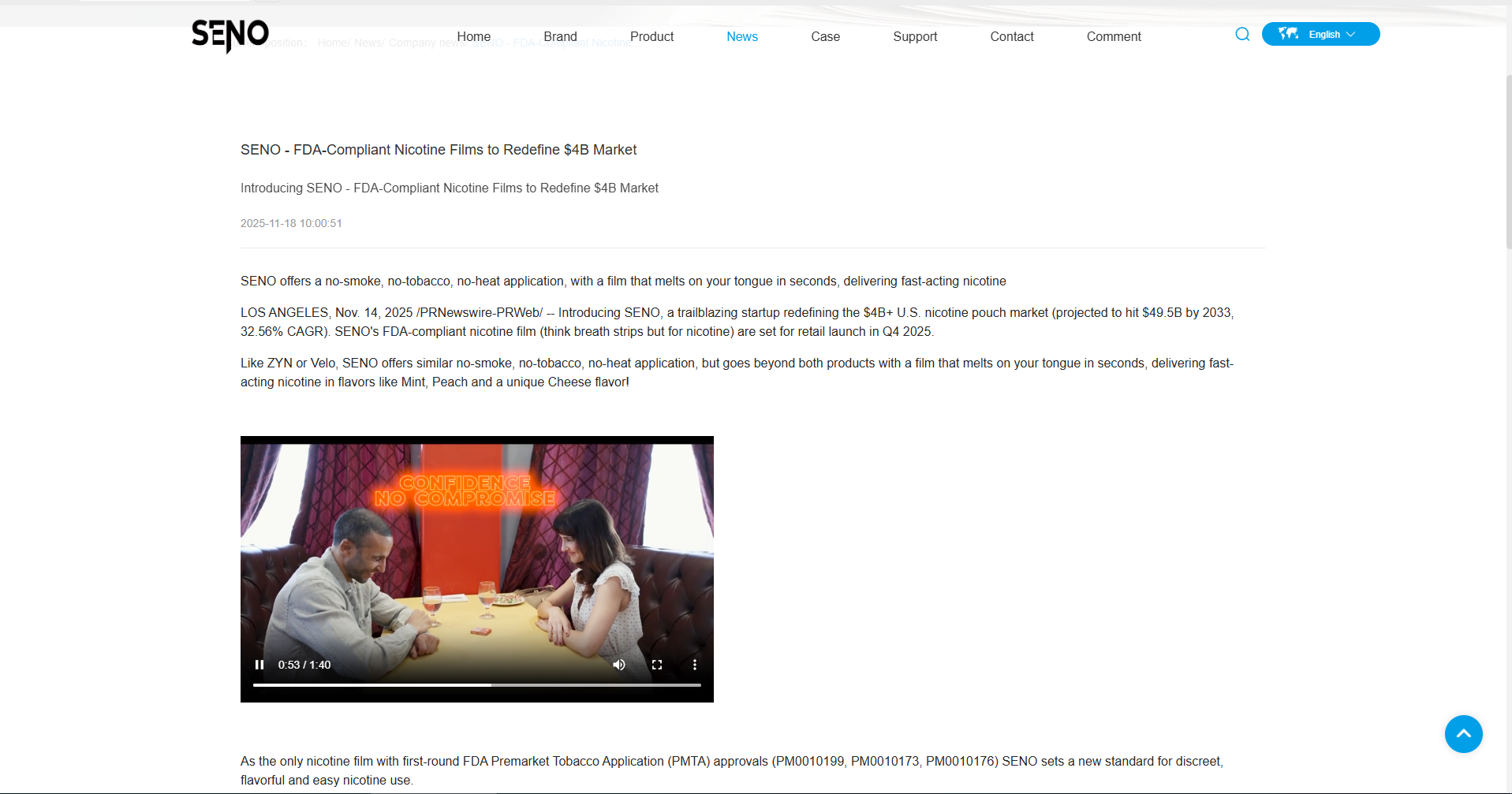In today's rapidly evolving market, understanding consumer behavior is crucial for businesses to thrive. One key aspect of consumer behavior is gender, which plays a significant role in shaping purchasing patterns. In this blog post, we delve into the question, "What gender is the biggest consumer?" by examining various industries and uncovering the underlying factors that contribute to this phenomenon.
- The Fashion Industry:
When it comes to the fashion industry, women have traditionally been considered the biggest consumers. This can be attributed to several factors, including societal expectations, cultural influences, and the wide range of fashion choices available for women. Women tend to be more inclined towards fashion trends, frequently updating their wardrobes and investing in a variety of clothing, accessories, and beauty products.
However, it is important to note that men's fashion is experiencing a significant surge in recent years. With the rise of fashion-conscious male influencers and the growing acceptance of diverse fashion choices, men are increasingly becoming a significant consumer demographic in the fashion industry.
- The Technology Industry:
Historically, the technology industry has been predominantly male-dominated. However, in recent years, there has been a noticeable shift in consumer behavior. Women are now emerging as a significant consumer group in the technology sector. This shift can be attributed to the increasing integration of technology into everyday life, the rise of female-targeted tech products, and the growing number of women pursuing careers in STEM fields. - The Health and Beauty Industry:
The health and beauty industry has long been associated with female consumers. Women tend to invest more time and money in skincare, cosmetics, and wellness products. This can be attributed to societal pressures, beauty standards, and the desire to maintain a youthful appearance. However, men's grooming products and wellness services are gaining popularity, indicating a growing consumer base among men in this industry. - The Automotive Industry:
Traditionally, the automotive industry has primarily targeted male consumers. However, there has been a notable shift in recent years, with women emerging as a significant consumer group. Factors such as increased financial independence, changing gender roles, and the availability of more female-friendly car designs have contributed to this shift. Women now influence a significant portion of car purchasing decisions, making them a crucial consumer demographic in the automotive industry.
Conclusion:
While women have historically been considered the biggest consumers in various industries, it is essential to recognize the evolving dynamics of consumer behavior. Men are increasingly becoming significant consumers in traditionally female-dominated industries, and women are expanding their influence in traditionally male-dominated industries. Businesses must adapt their marketing strategies to cater to the changing preferences and needs of these diverse consumer groups.




